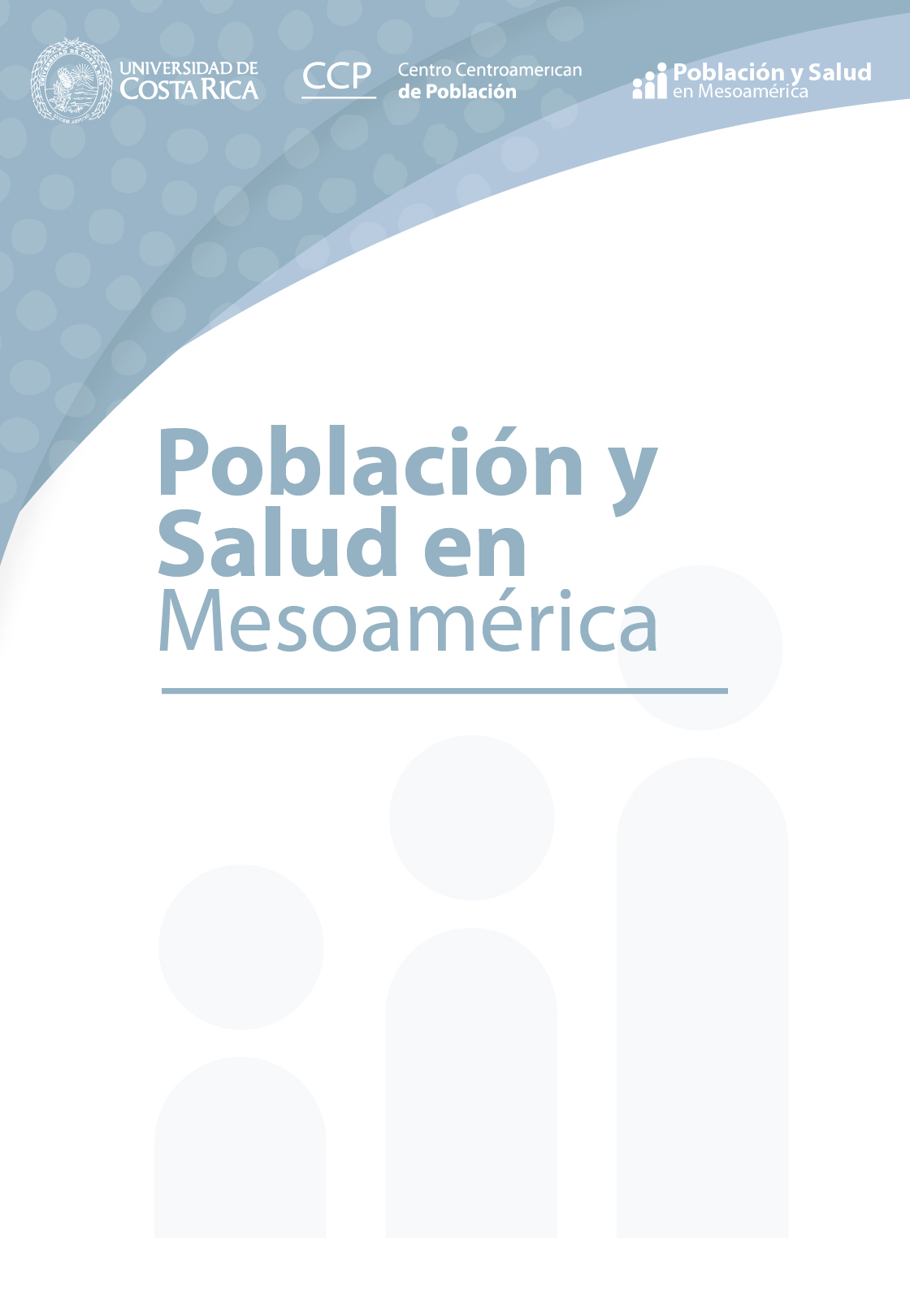Abstract
Objective: Stratified life expectancy loss by education levels and sex helps measure particular mortality impacts during a catastrophic event. We propose a statistical approach to estimate them using the US case during the COVID-19 pandemic in 2020. Method: First, we estimate life expectancies according to available data, including those years when catastrophic events occur. Second, we use them to calculate a valid multivariate time series VAR(p) model, omitting the respective catastrophic(s) year(s). Through the model, we generate forecasts, which are compared with estimated data, and afterward, the life expectancy losses are quantified as their differences. Results: Less than four times the life expectancy losses with low education compared to the high education group. Our projections also indicate that life expectancies with almost all education falls outside the forecast intervals. Conclusion: The more educated the population is, the less life expectancy is lost. Women always outlive men within each education stratum. Long-term estimates continue to underscore gender disparities in life expectancy.
References
Beltrán-Sánchez, H., & Drumond Andrade, F. C. (2013). Educational and sex differentials in life expectancies and disability-free life expectancies in São Paulo, Brazil, and urban areas in Mexico. Journal of Aging and Health, 25(5), 815-838. https://doi.org/10.1177/0898264313491425
Bilal, U., Alazraqui, M., Caiaffa, W. T., Lopez-Olmedo, N., Martinez-Folgar, K., Miranda, J. J., Rodriguez, D. A., Vives, A., & Diez-Roux, A. V. (2019). Inequalities in life expectancy in six large Latin American cities from the SALURBAL study: an ecological analysis. The Lancet Planetary Health, 3(12), e503-e510. https://doi.org/10.1016/S2542-5196(19)30235-9
Box, G. E., Jenkins, G. M., Reinsel, G. C., & Ljung, G. M. (2015). Time series analysis: forecasting and control. John Wiley & Sons.
Centers for Disease Control and Prevention. (2023). Mortality data - Vital Statistics NCHS Multiple cause of death data. https://www.nber.org/research/data/mortality-data-vital-statistics-nchs-multiple-cause-death-data
Gómez Ugarte, A., & García Guerrero, V. (2023). Inequality crossroads of mortality: socioeconomic disparities in life expectancy and life span in Mexico between 2000 and 2015. Population Research and Policy Review, 42(57), 1-22. https://doi.org/10.1007/s11113-023-09806-x
Harper, S., Riddell, C. A., & King, N. B. (2021). Declining life expectancy in the United States: missing the trees for the forest. Annual review of public health, 42, 381-403. https://doi.org/10.1146/annurev-publhealth-082619-104231
Haslbeck, J. M., Bringmann, L. F., & Waldorp, L. J. (2021). A tutorial on estimating time-varying vector autoregressive models. Multivariate Behavioral Research, 56(1), 120-149. https://doi.org/10.1080/00273171.2020.1743630
IPUMS 2023. US Census data for social, economic, and health research. Available at https://usa.ipums.org/usa/
Kaplan, R. M., Spittel, M. L., & Zeno, T. L. (2014). Educational attainment and life expectancy. Policy Insights from the Behavioral and Brain Sciences, 1(1), 189-194. https://doi.org/10.1177/2372732214549754
Luy, M., Di Giulio, P., Di Lego, V., Lazarevič, P., & Sauerberg, M. (2020). Life expectancy: frequently used but hardly understood. Gerontology, 66(1), 95-104. https://doi.org/10.1159/000500955
Luy, M., Zannella, M., Wegner-Siegmundt, C., Minagawa, Y., Lutz, W., & Caselli, G. (2019). The impact of increasing education levels on rising life expectancy: a decomposition analysis for Italy, Denmark, and the USA. Genus, 75, 1-21. https://doi.org/10.1186/s41118-019-0055-0
Meara, E. R., Richards, S., & Cutler, D. M. (2008). The gap gets bigger: changes in mortality and life expectancy, by education, 1981–2000. Health Affairs, 27(2), 350-360. https://doi.org/10.1377/hlthaff.27.2.350
Nusselder, W. J., De Waegenaere, A. M., Melenberg, B., Lyu, P., & Rubio Valverde, J. R. (2022). Future trends of life expectancy by education in the Netherlands. BMC Public Health, 22(1), 1664. https://doi.org/10.1186/s12889-022-13275-w
Raghupathi, V., & Raghupathi, W. (2020). The influence of education on health: an empirical assessment of OECD countries from 1995–2015. Arch Public Health 78, 20. https://doi.org/10.1186/s13690-020-00402-5
Silva, S., Goosby, E., & Reid, M. J. (2023). Assessing the impact of one million COVID-19 deaths in America: economic and life expectancy losses. Scientific Reports, 13(1), 3065. https://doi.org/10.1038/s41598-023-30077-1
Steingrímsdóttir, Ó. A., Næss, Ø., Moe, J. O., Grøholt, E. K., Thelle, D. S., Strand, B. H., & Bævre, K. (2012). Trends in life expectancy by education in Norway 1961–2009. European journal of epidemiology, 27, 163-171. https://doi.org/10.1007/s10654-012-9663-0
Van Baal, P., Peters, F., Mackenbach, J., & Nusselder, W. (2016). Forecasting differences in life expectancy by education. Population Studies, 70(2), 201-216. https://doi.org/10.1080/00324728.2016.1159718
Yusuf, F., Martins, J. M., & Swanson, D. A. (2014). Methods of Demographic Analysis. Springer.
##plugins.facebook.comentarios##

This work is licensed under a Creative Commons Attribution-NonCommercial-ShareAlike 4.0 International License.
Copyright (c) 2024 Carlos Oviedo, Jose Eliud Silva Urrutia







